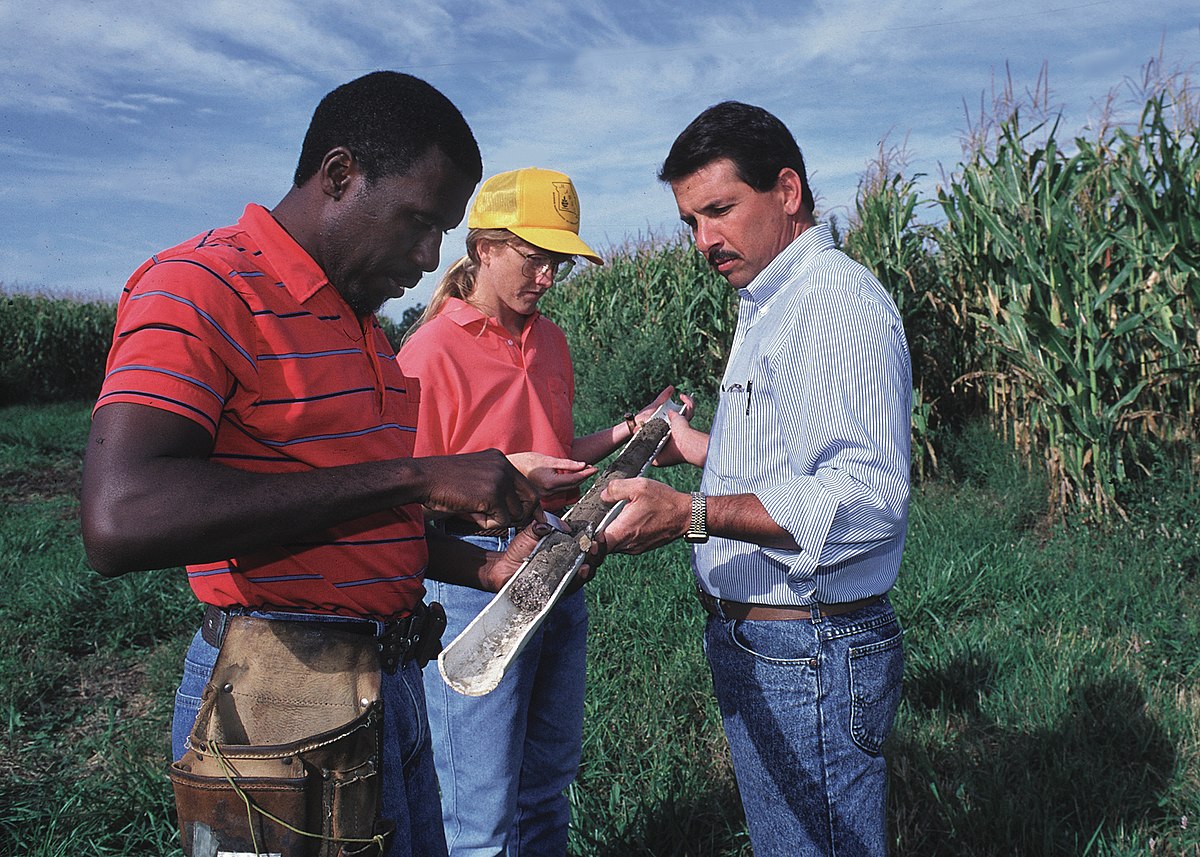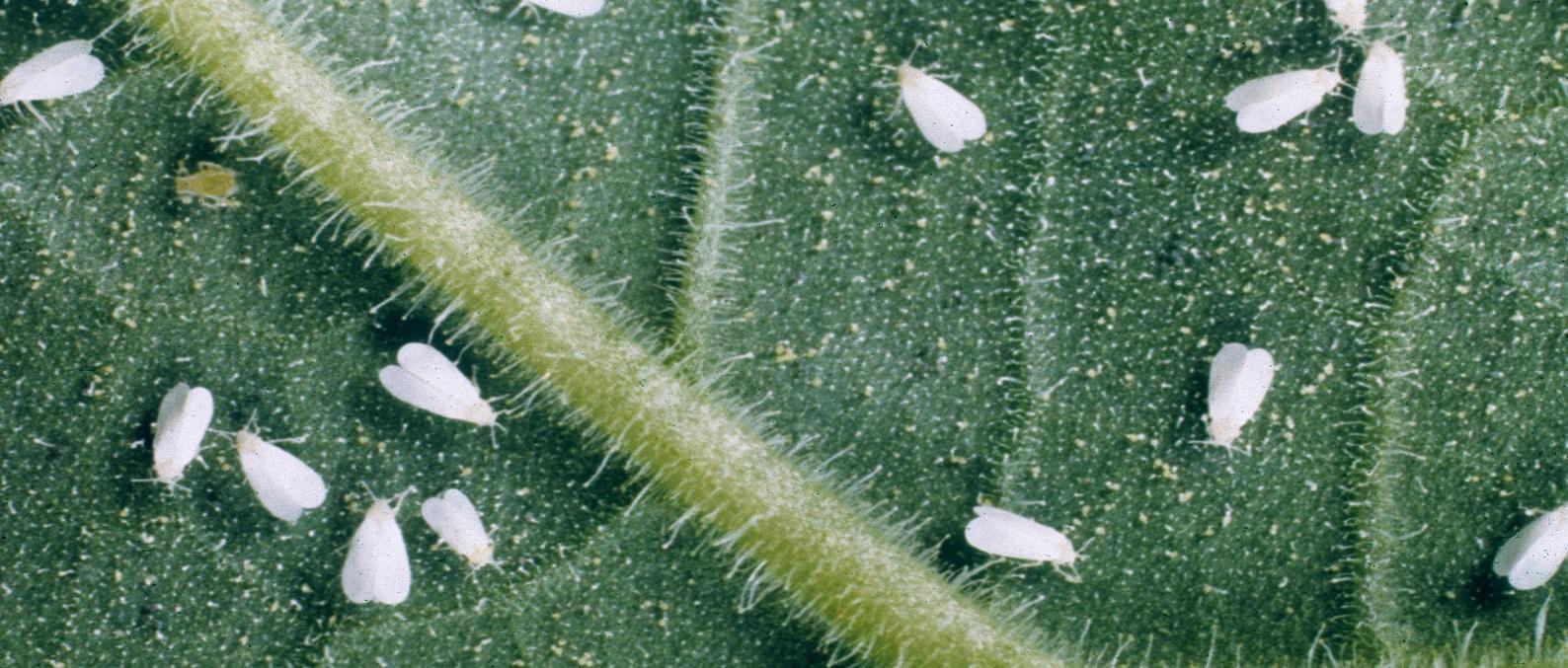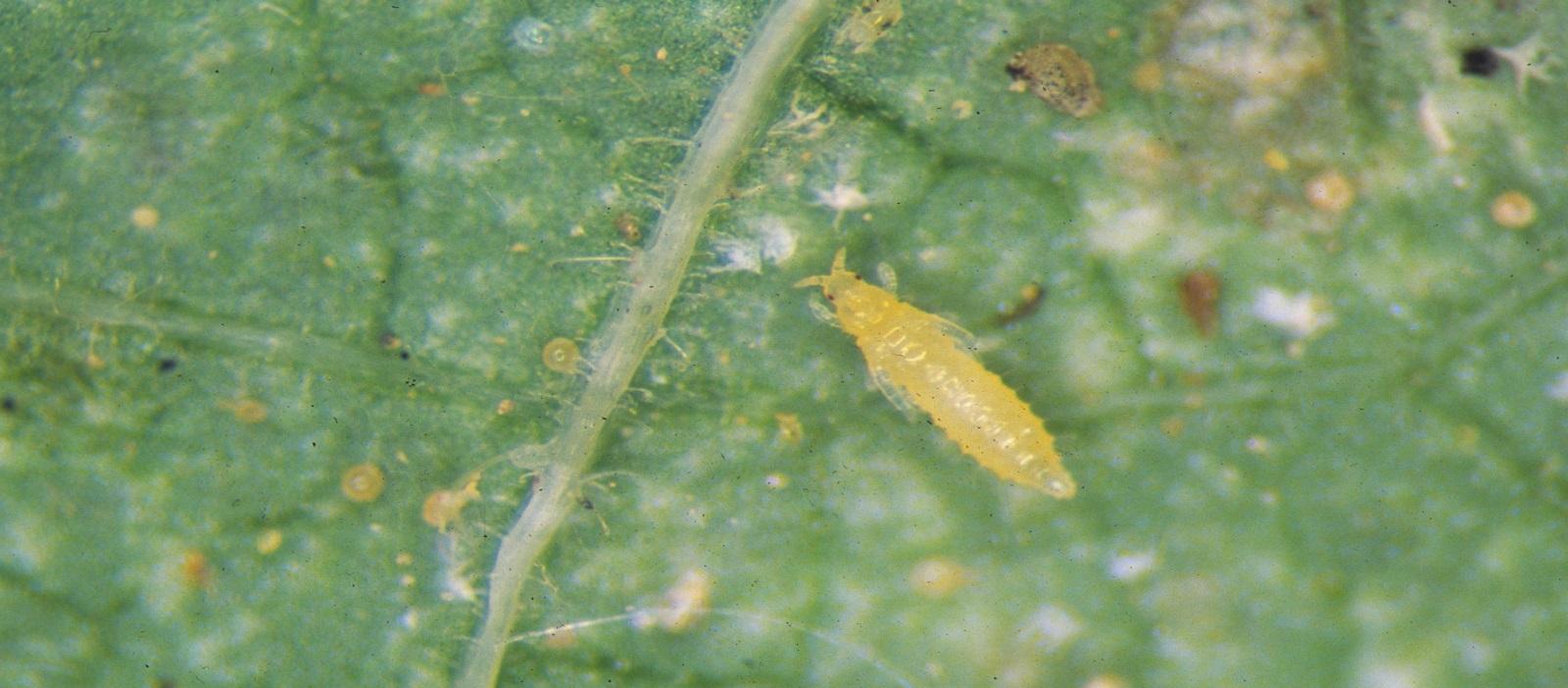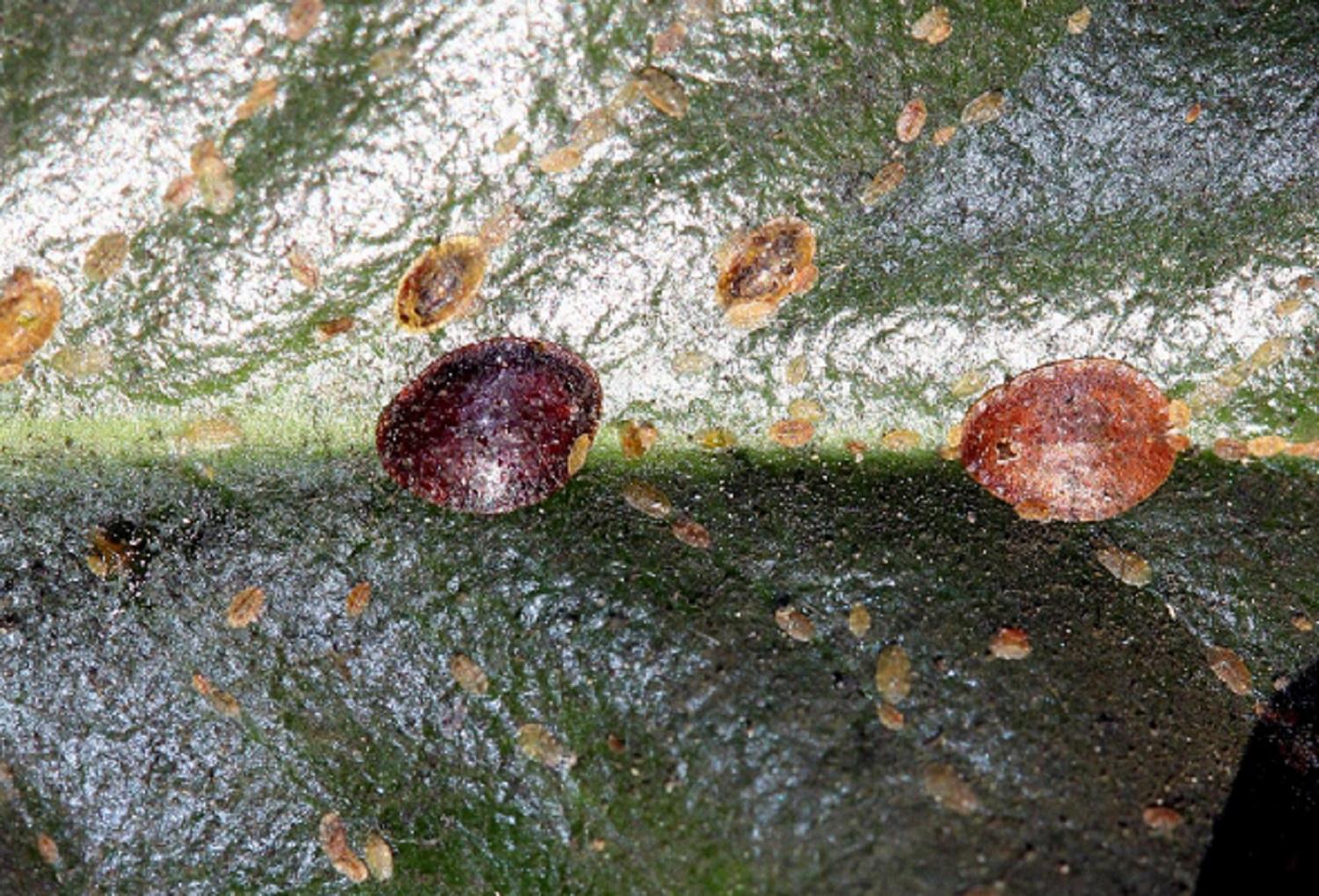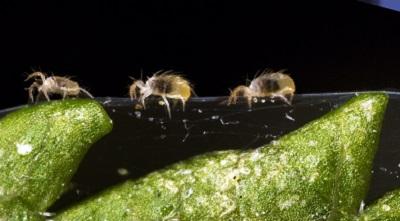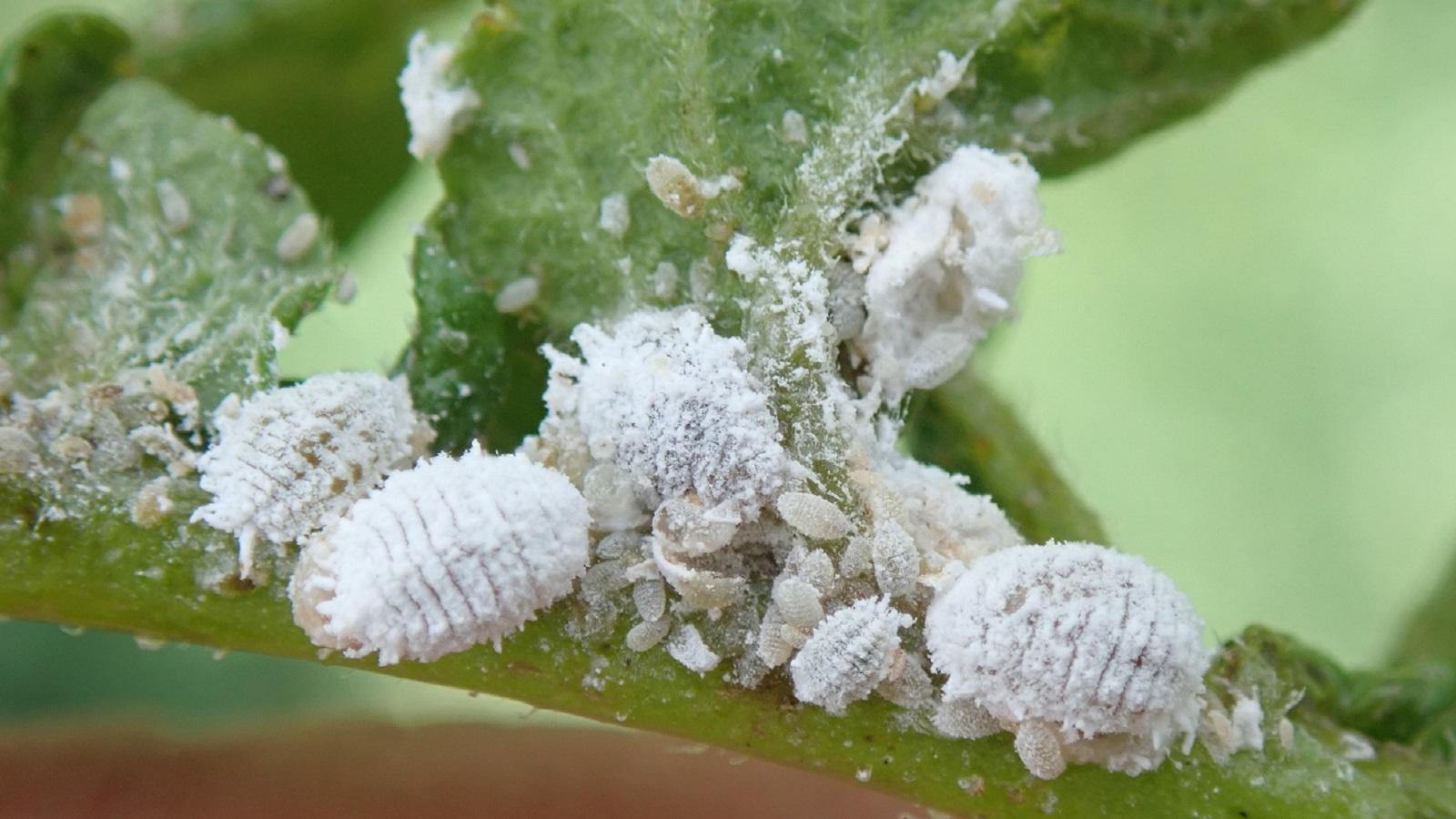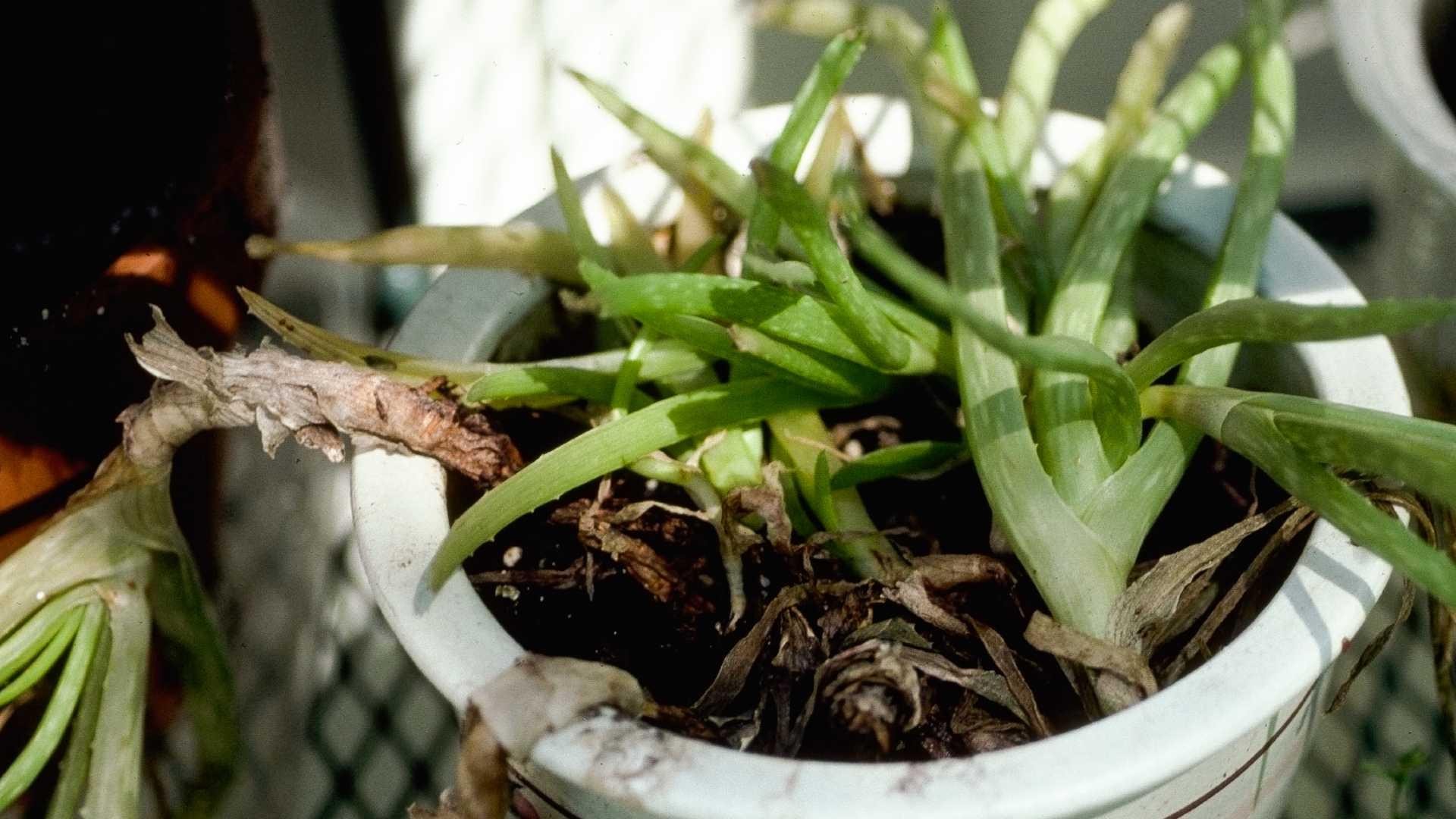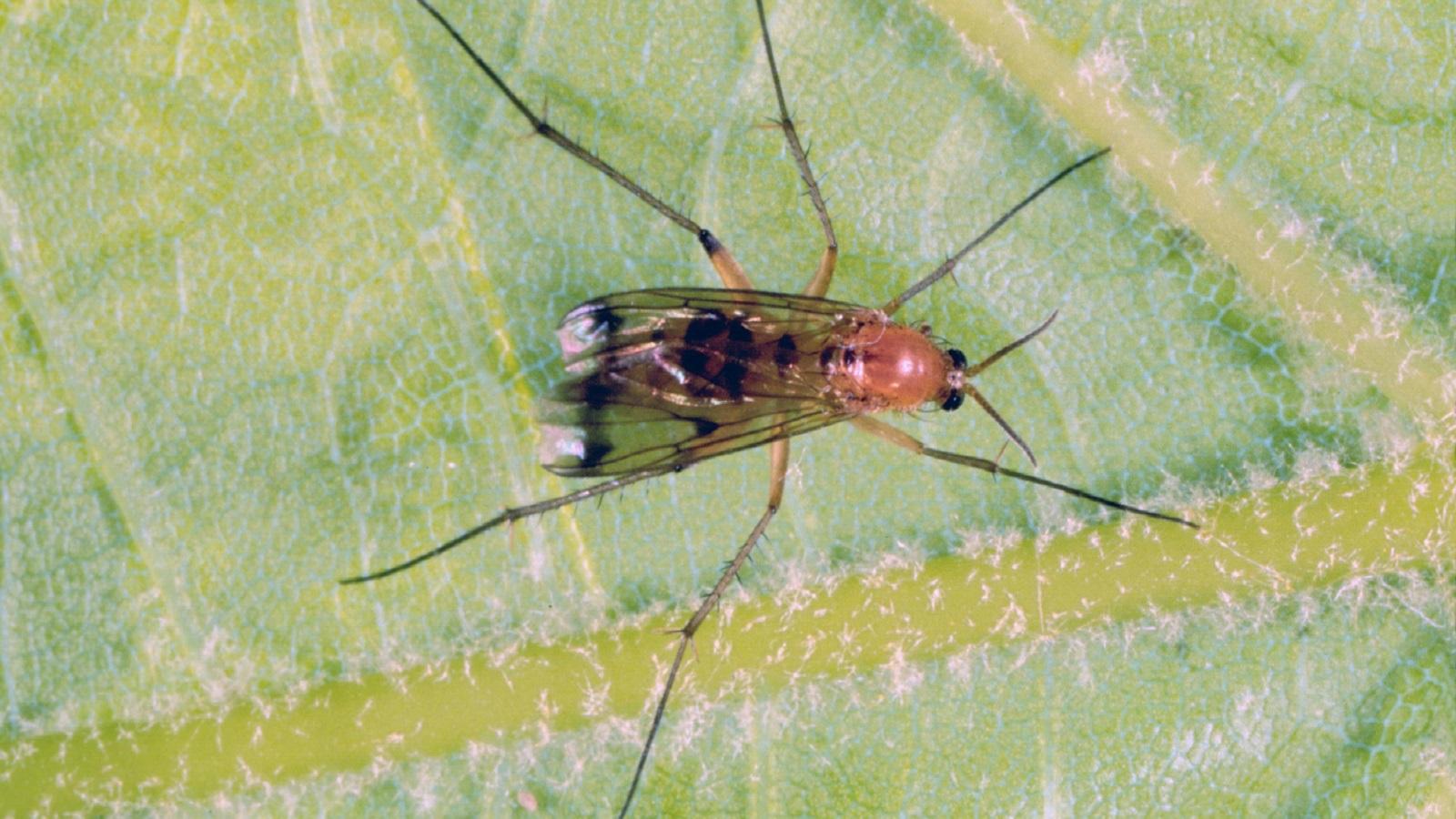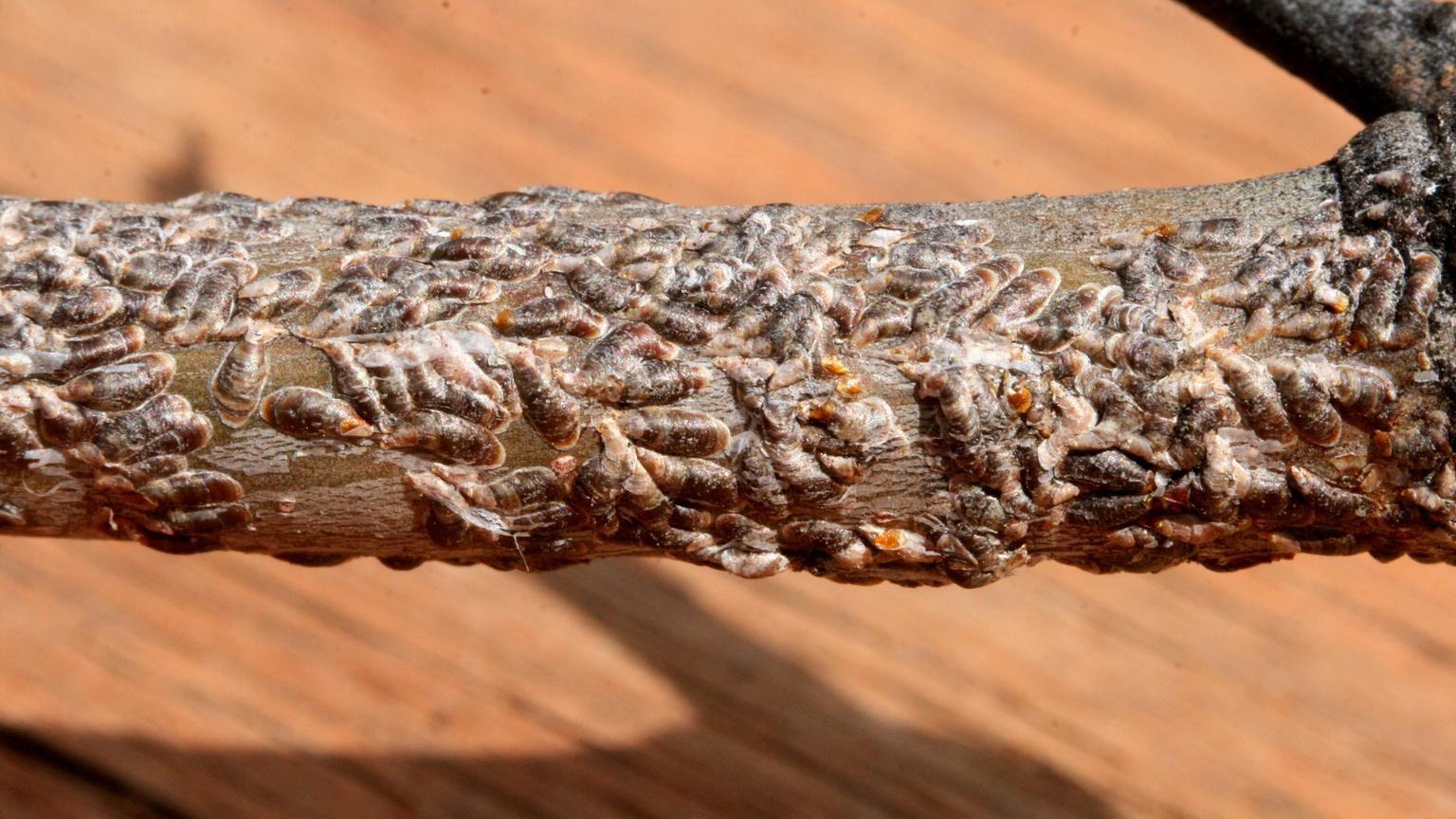Flower Beds: Mix 4 lbs. (12 cups) per 100 square feet into the top 4” to 6” of soil.
Bulbs: Place 1 tsp. per bulb in the hole prior to planting.
Potting Mixes: Mix 9 lbs. per cu. yd. or 1 cup per cu. ft.
New Lawns: Apply 10 lbs. per 1,000 sq. ft. prior to seeding or installing sod.
Bio-tone Starter Plus Application Table:
Bulbs: Place 1 tsp. per bulb in the hole prior to planting.
Potting Mixes: Mix 9 lbs. per cu. yd. or 1 cup per cu. ft.
New Lawns: Apply 10 lbs. per 1,000 sq. ft. prior to seeding or installing sod.
Bio-tone Starter Plus Application Table:
Plant Size | Cups | Lbs. |
| Up to Two Gallon | 1 | 1/3 |
| Five Gallon | 2 | 2/3 |
| Fifteen Gallon | 4 | 1-1/3 |
| 24″ Ball | 6 | 2 |
| 36″ Ball | 24 | 8 |
| 48″ Ball | 30 | 10 |

 Have to go back to my mix notes...
Have to go back to my mix notes...








